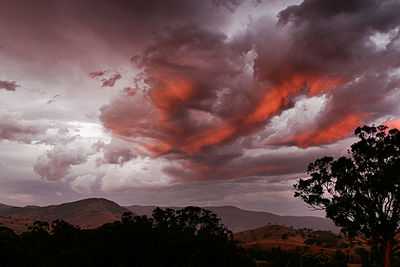Tāwhirimātea
From Wikipedia, the free encyclopedia

Other children of Tāwhirimātea are the various kinds of rain, mists and fog. Tāwhirimātea's attacks on his brothers led to the flooding of large areas of the land. The names of the beings involved in this flooding include Ua-nui (terrible rain), Ua-roa (long-continued rain), Ua-whatu (fierce hailstorms), and Ua-nganga (sleet); after these, their children in turn took up the fight: Hau-maringi (mist), Hau-marotoroto (heavy dew), and Tōmairangi (light mist) (Grey 1956:10-11, Grey 1971:5). Tregear mentions Hau-maringiringi as a personification of mists (Tregear 1891:54).
Tāwhirimātea live on the sky with his father Rangi and brother, star Rehua.
References
- G. Grey, Polynesian Mythology, Illustrated edition, reprinted 1976. (Whitcombe and Tombs: Christchurch), 1956.
- G. Grey, Nga Mahi a Nga Tupuna, fourth edition. First published 1854. (Reed: Wellington), 1971.
- E.R. Tregear, Maori-Polynesian Comparative Dictionary (Lyon and Blair: Lambton Quay), 1891.
External links
- Tāwhirimātea – the weather in Te Ara - the Encyclopedia of New Zealand
This article is issued from Wikipedia. The text is available under the Creative Commons Attribution/Share Alike; additional terms may apply for the media files.